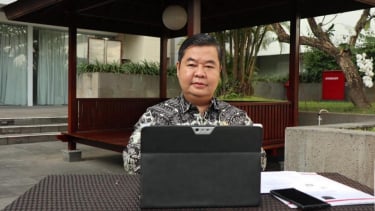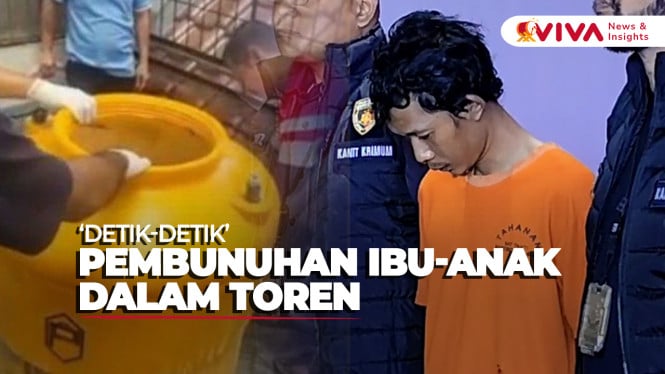Local Governments Must Prioritize Drinking Water Supply
- Pexels/Lisa Fotios
VIVA – The drinking water supply must be a priority for regional planning and budgeting. The National Urban Water Supply Project (NUSWP) program can be one of the efforts to fulfill citizens’ rights to access drinking water supply, according to the Director General of Regional Development (Bangda) or the Home Affairs Ministry, Teguh Setyabudi.
"The National Urban Water Supply Project is part of efforts to fulfill citizens' rights to access drinking water supply, especially in increasing access to piped drinking water in urban areas," Setyabudi stated in a statement on Thursday.
He said that the government targets universal access (100 percent) to decent drinking water to be achieved by 2024.
Especially for access to piped network drinking water, which is the activity of NUWSP, to fulfill the target of 30 percent in 2024 (following RPJMN 2020-2024), it must be carried out collaboratively between the government, local governments, and drinking water BUMDs – business entity whose capital is wholly or partially owned by the Region.
Dirjen Bina Pembangunan Daerah (Bangda) Kemendagri Teguh Setyabudi.
Moreover, development activities in the drinking water sector to support the achievement of national priority targets at the provincial level are dominated by 2 sub-activities.
These activities consist of the new construction of Piped Network (JP) Drinking Water Supply Systems (SPAM) in 22 provinces, as well as the operation and maintenance of SPAM across districts/cities in 12 provinces, he explained.
While at the district/city level, it is dominated by the construction of JP SPAM in rural areas in 368 districts/cities, the improvement of JP SPAM in rural areas in 248 districts/cities, and the construction of JP SPAM in urban areas in 189 districts/cities.
"To find out how synchronized the NUWSP regions are in planning and budgeting drinking water activities and managing the NUWSP program, the Directorate General of Bina Bangda of the Ministry of Home Affairs compiled a NUWSP synchronization index consisting of 7 variables to assess regional achievements," Setyabudi said.
Sukabumi District, Lamongan District, Sukoharjo District, Ponorogo District, and Gresik District were the 5 regions with the highest NUWSP synchronization index achievements. "And we declare that they are very synchronized both in planning and budgeting for drinking water and managing the NUWSP program," he added.
Setyabudi also hopes the Local Government to harmonize water supply development policies and targets through the preparation of drinking water programs/activity/budget plans.




























